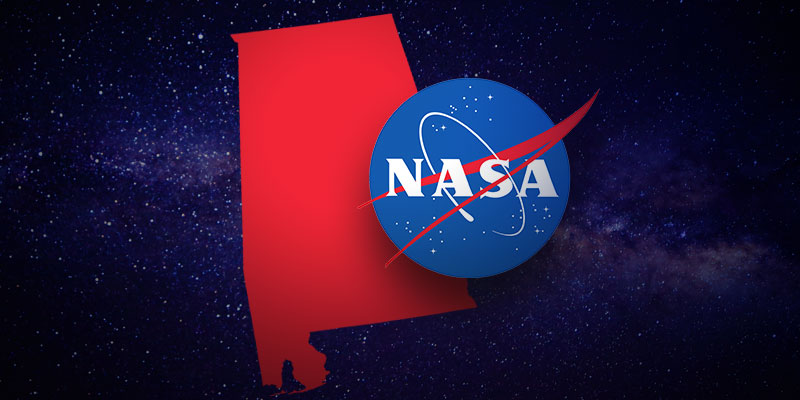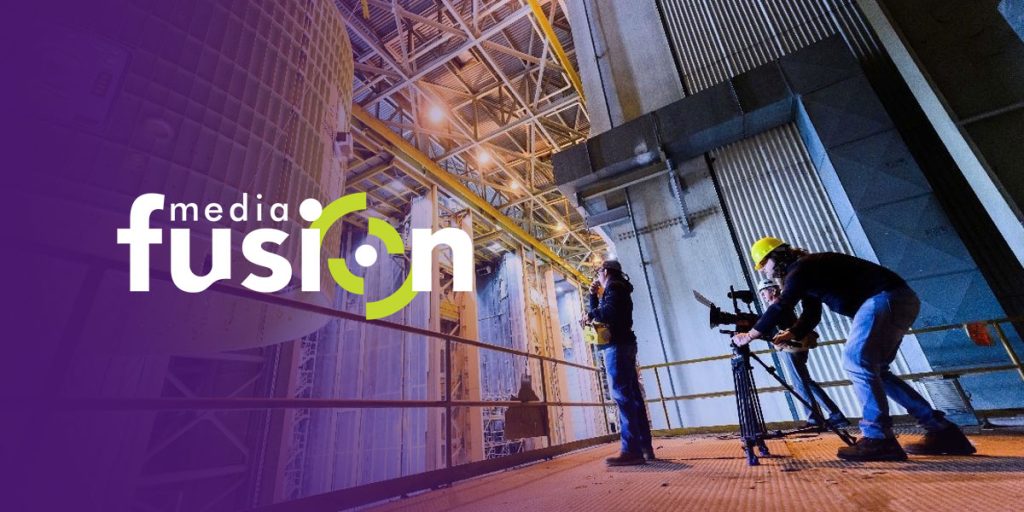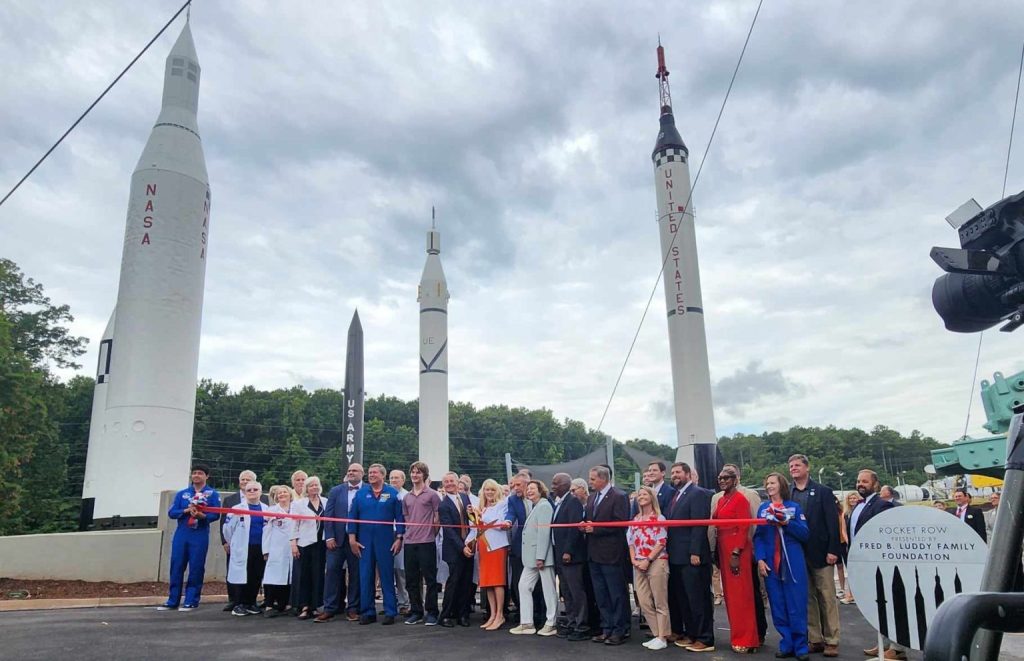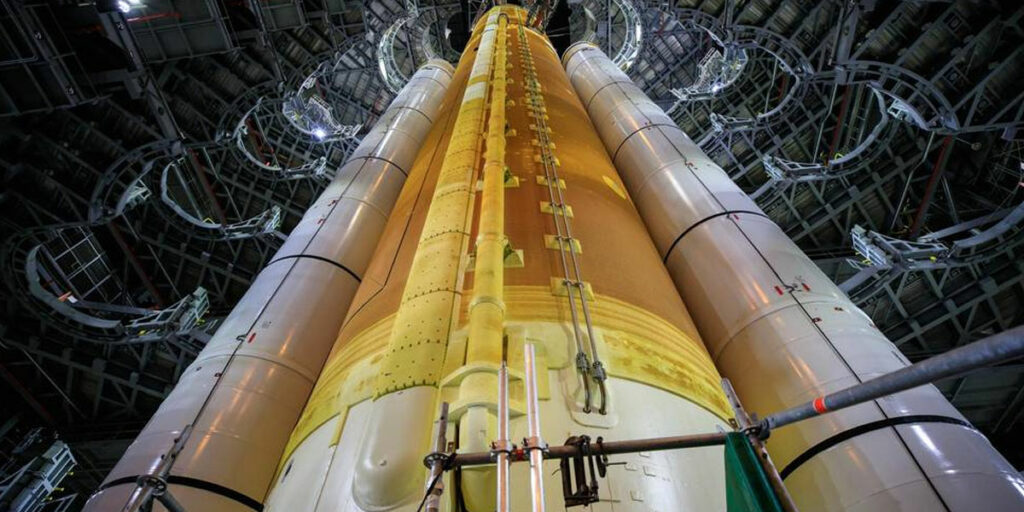Production and testing on NASA’s Space Launch System (SLS) may be suspended, but progress continues virtually on the most powerful rocket ever built.
While NASA suspended operations at Stennis Space Center in Mississippi and Michoud Assembly Facility in Louisiana in response to the ongoing coronavirus (COVID-19) pandemic, remote work is still underway on the Boeing-built SLS core stage.
Many members of Boeing’s Stennis and Michoud teams are able to telework and continue to make progress on program documentation and design tasks, as well as process improvements for current and future activities, according to a release from the company.
Meanwhile, a Huntsville, Alabama-based Boeing team continues to design a bigger SLS variant with a more powerful Exploration Upper Stage that will be used to carry super-heavy cargo on missions to the moon and deep space.
The SLS rocket is the backbone for NASA’s deep space human exploration program and will be used to transport the first woman and next man to the moon for the Artemis program. The goal is eventually to transport the first humans to Mars via SLS.
Boeing has also been adjusting its factory, production operations and supply chains for building core stages two through 12. Program leaders say the Artemis II core stage has been progressing faster than the first stage, thanks to lessons learned on the first build and the work Boeing, NASA and their suppliers have done to improve processes and tools.
Before NASA suspended SLS operations at Stennis in response to COVID-19, Boeing and the agency had been putting the first core stage through a months-long series of “Green Run” tests in Mississippi. The stage, designated for the uncrewed Artemis I mission, includes the largest rocket propellant tanks in existence, new computers and new flight software.
The Stennis team had been approaching avionics power-on – a test of the computer, routers, processors, power and other boxes and software that control the stage’s functions and communications.
The ultimate test of the Artemis I core stage will be an eight-minute hot-fire of the stage’s four RS-25 engines, before the stage is refurbished and delivered to Kennedy Space Center in Florida. There, it will be integrated with its Interim Cryogenic Upper Stage and NASA’s Orion spacecraft for a mission around the moon and back.
At Michoud, all elements of the core stage for the crewed Artemis II mission – its engine section, intertank, liquid oxygen tank, liquid hydrogen tank and forward skirt structures – were welded and built before COVID-19 suspended NASA’s operations at the facility. Work on the third core stage also was underway when operations were paused.
Alabama’s aerospace industry has led the effort to build the SLS, which stands 212 feet high and 27.6 feet in diameter..
Boeing is the core stage lead contractor, and Aerojet Rocketdyne is the RS-25 engines lead contractor. The SLS program is managed out of NASA’s Marshall Space Flight Center in Huntsville, while Boeing’s Huntsville-based Space and Launch division manages the company’s SLS work.
SLS is the most powerful rocket in world history and the only rocket that can send the Orion spacecraft, astronauts and supplies to the moon in a single mission.
The rocket is part of NASA’s backbone for deep space exploration, along with Orion and the Gateway in orbit around the moon.
North Alabama also will play a leading role in some of these other components of Artemis, including with the lunar Gateway and the new Human Landing System. Historic contributions to America’s space prowess are being made by several private sector partners in the Yellowhammer State, such as United Launch Alliance (ULA), Boeing and Dynetics.
Sean Ross is the editor of Yellowhammer News. You can follow him on Twitter @sean_yhn













